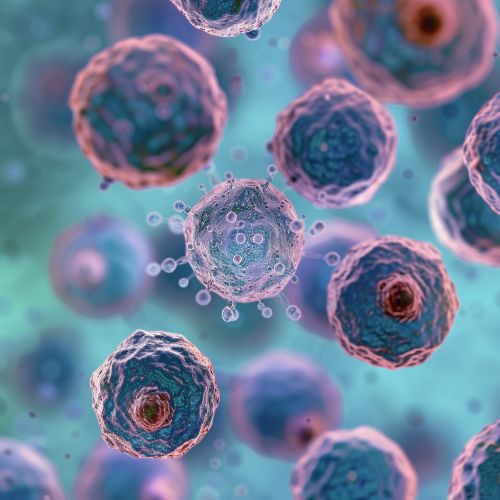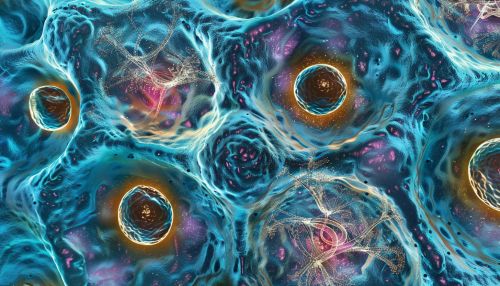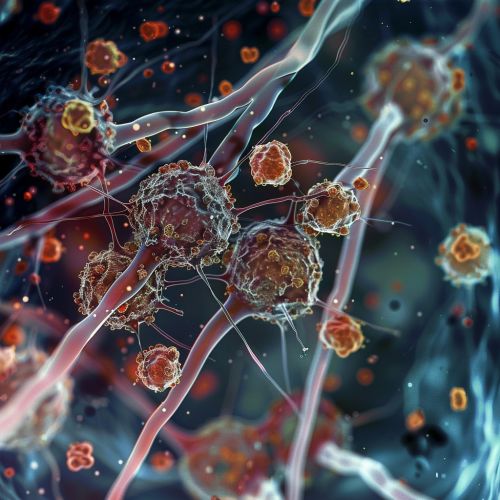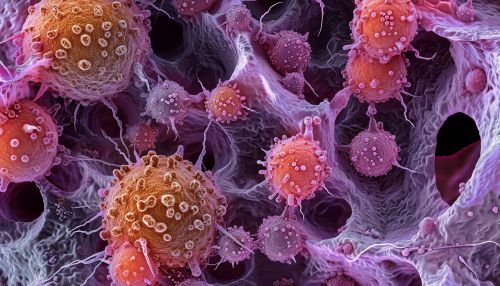Cancer Biology
Introduction
Cancer biology is the field of study that involves understanding the complex nature of cancer as a disease. It encompasses the study of the molecular mechanisms that drive the initiation, growth, invasion, and metastasis of cancer cells.
Cellular and Molecular Basis of Cancer
Cancer is fundamentally a disease of the cell, where normal cellular processes such as cell division, cell death, and DNA repair are disrupted. This disruption is often caused by mutations in the DNA of cells, which can be inherited or acquired over time due to environmental factors such as exposure to carcinogens.


Cancer cells are characterized by uncontrolled proliferation, resistance to cell death, ability to invade tissues and spread to distant sites (metastasis), and evasion of immune surveillance. These characteristics are often referred to as the 'hallmarks of cancer', a concept first proposed by Hanahan and Weinberg in 2000.
Genetic Alterations in Cancer
Cancer development and progression are driven by genetic alterations that confer growth advantages to cells. These alterations can affect a variety of genes, including oncogenes, tumor suppressor genes, and DNA repair genes.
Oncogenes are genes that, when mutated or overexpressed, have the potential to cause normal cells to become cancerous. Examples of oncogenes include RAS, MYC, and EGFR.
Tumor suppressor genes are genes that regulate cell division, prevent rapid cell growth, and suppress tumor formation. When these genes are mutated or lost, cells can grow uncontrollably. Examples of tumor suppressor genes include TP53, BRCA1, and BRCA2.
DNA repair genes are responsible for fixing any damage to the DNA molecule. Mutations in these genes can lead to an increased rate of mutations in the genome, which can contribute to cancer development. Examples of DNA repair genes include MLH1, MSH2, and BRCA1/2.
Cancer Metastasis
Cancer metastasis is the process by which cancer cells spread from the primary site of the tumor to distant sites in the body. This process involves several steps, including local invasion, intravasation, survival in the circulation, extravasation, and colonization of new tissues.


The ability of cancer cells to metastasize is influenced by a variety of factors, including the genetic alterations in the cancer cells, the tumor microenvironment, and the characteristics of the metastatic site.
Cancer Treatment
The treatment of cancer involves a combination of surgery, radiation therapy, chemotherapy, targeted therapy, and immunotherapy. The choice of treatment depends on the type and stage of the cancer, the patient's overall health, and the potential benefits and risks of the treatment.
Surgery is often used to remove the primary tumor and any nearby lymph nodes that may contain cancer cells. Radiation therapy uses high-energy rays to kill cancer cells, while chemotherapy uses drugs to kill cancer cells throughout the body.
Targeted therapy is a type of treatment that targets specific molecules involved in the growth and spread of cancer cells. Examples of targeted therapies include tyrosine kinase inhibitors, monoclonal antibodies, and PARP inhibitors.
Immunotherapy is a type of treatment that uses the body's immune system to fight cancer. It includes treatments such as checkpoint inhibitors, cancer vaccines, and CAR-T cell therapy.
